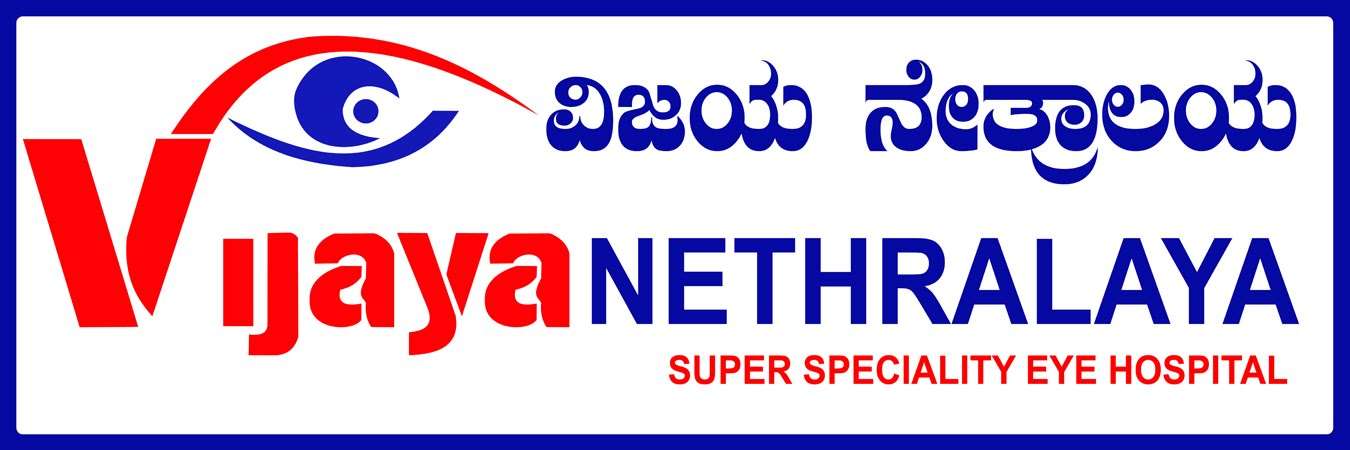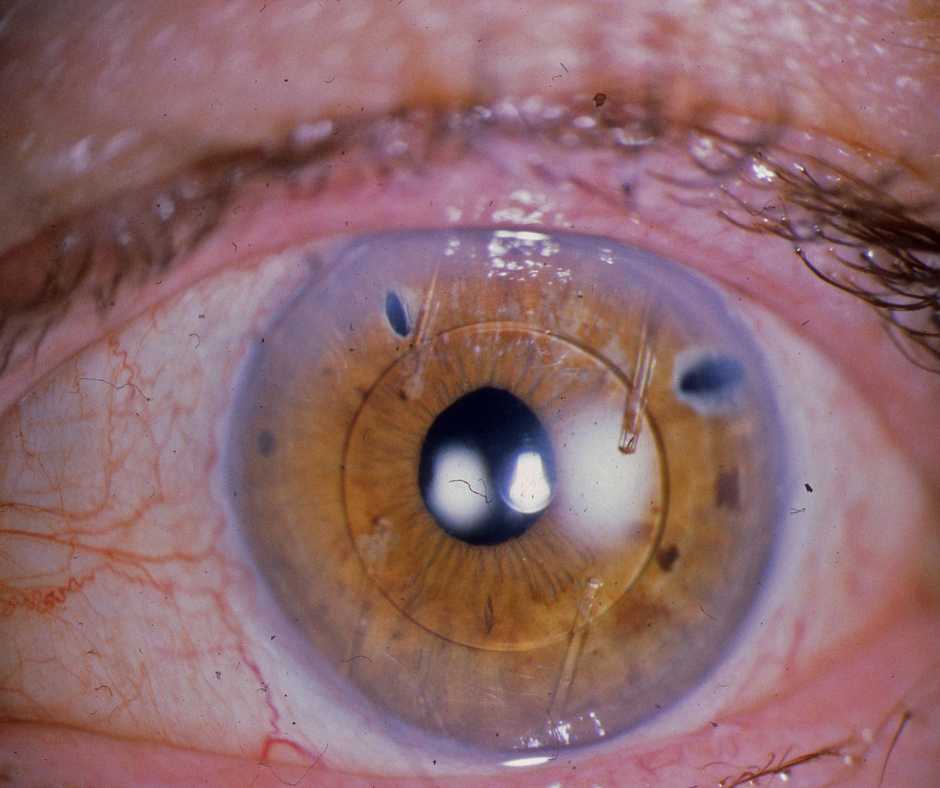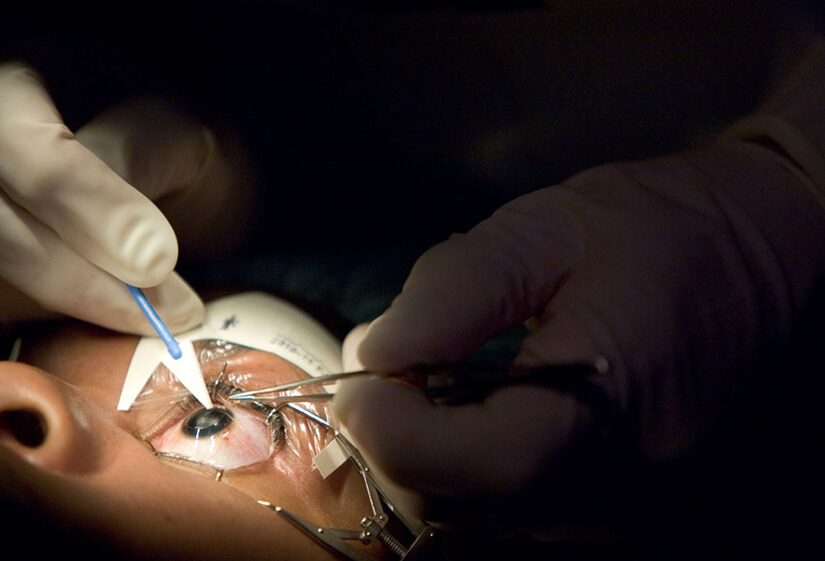Eye Surgery Options for Patients with a Thin Cornea:
A thin cornea can pose challenges for individuals seeking refractive eye surgery. Many people consider procedures like LASIK to correct vision and eye surgery for thin corneas, but a thinner-than-normal cornea may increase the risk of complications. Fortunately, several safe and effective alternatives exist.
Understanding Corneal Thickness:
The cornea is the clear, dome-shaped front surface of the eye that helps focus light. A normal corneal thickness ranges from 500 to 600 microns. If the cornea is too thin, it may not provide enough structural integrity for traditional LASIK surgery, where a flap is created in the corneal tissue.

Surgical Options for Thin Cornea:
1. PRK (Photorefractive Keratectomy)
PRK is a great alternative to LASIK for patients with thin corneas. eye surgery for thin cornea Unlike LASIK, PRK does not require the creation of a corneal flap. Instead, the surgeon removes the outermost layer of the cornea (epithelium) and then reshapes the underlying tissue using an excimer laser. The epithelium regenerates over time, making PRK a viable option for thin corneas.

2. SMILE (Small Incision Lenticule Extraction)
SMILE is a minimally invasive laser eye surgery that requires only a small incision, making it less disruptive to corneal integrity. This procedure involves creating a lenticule (a small disc of tissue) within the cornea, which is then removed to correct vision. SMILE is considered safer for individuals with moderately thin corneas compared to LASIK.
3. ICL (Implantable Collamer Lens)
ICL surgery involves implanting a thin, biocompatible lens between the iris and the natural lens. Unlike laser-based procedures, ICL does not alter corneal thickness, making it an excellent choice for individuals with extremely thin corneas. This procedure is reversible and provides high-definition vision correction.
4. Corneal Cross-Linking with PRK:
For individuals with very thin corneas and early signs of keratoconus, corneal cross-linking (CXL) can be performed alongside PRK. CXL strengthens the cornea by using riboflavin (vitamin B2) and UV light, making PRK more feasible for those with borderline corneal thickness.
5. Refractive Lens Exchange (RLE):
RLE involves replacing the eye’s natural lens with an artificial intraocular lens (IOL). This procedure is similar to cataract surgery and is a good alternative for individuals with thin corneas who may also have presbyopia or early cataracts.
Choosing the Right Procedure:
Selecting the appropriate surgery depends on various factors, including corneal thickness, eye health, and visual needs. A thorough eye examination and corneal mapping (pachymetry) by a qualified ophthalmologist are essential before making a decision.
Conclusion:
Having a thin cornea does not mean that vision correction surgery is out of reach. Procedures like PRK, SMILE, ICL, corneal cross-linking, and RLE provide safe and effective alternatives to LASIK. Consulting an experienced eye surgeon will help determine the best option based on individual eye conditions and lifestyle needs. If you have concerns about your corneal thickness and vision correction, schedule a consultation with a specialist to explore the most suitable solution for you.












